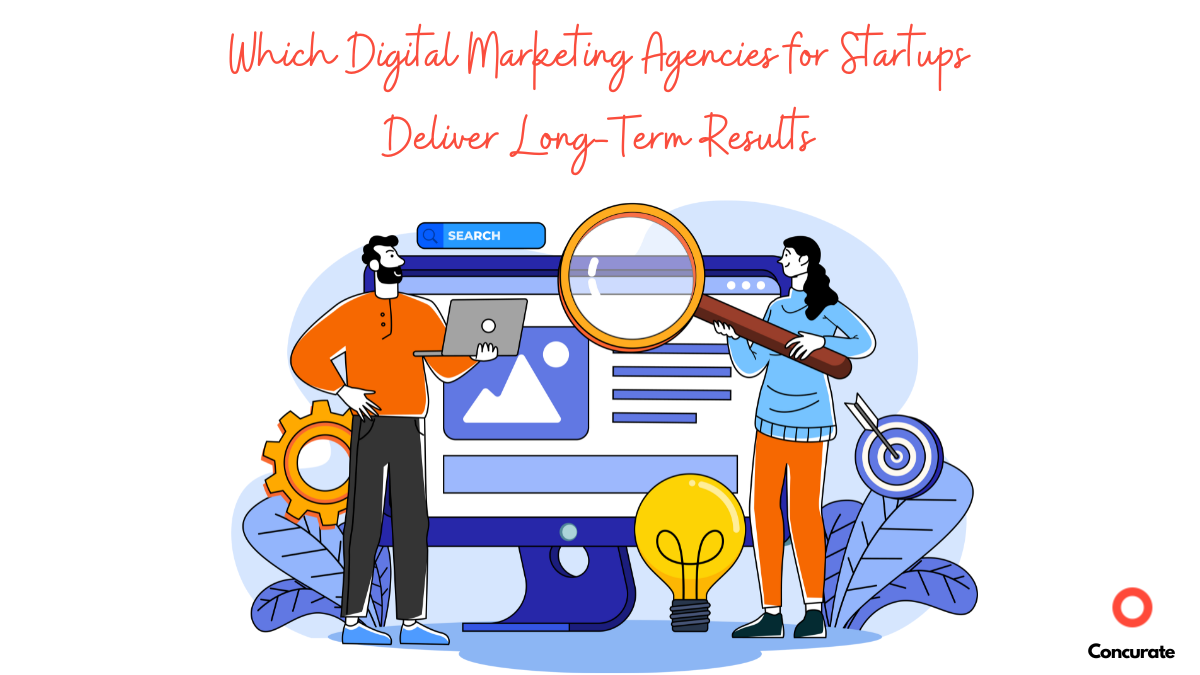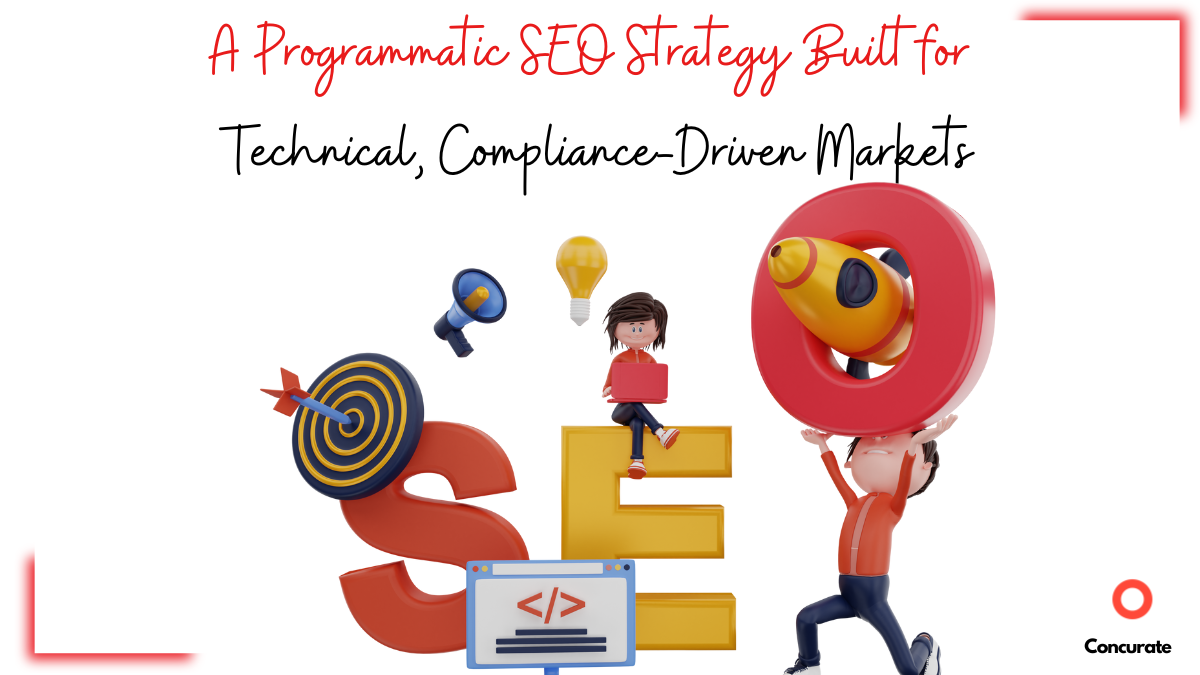Picture this: You’ve built a powerful solution to help businesses streamline their hiring process, but getting the visibility your product deserves in search results can feel like a never-ending battle.
Despite investing in content marketing, SEO strategies, and technical improvements, it can be frustrating to see your website buried at the bottom of the SERPs, struggling to rank for the highly competitive keyword- ‘’best applicant tracking software’’.
No doubt, the competition for this keyword is very high. You may feel like you’re doing everything right, but there are some small yet critical elements you’re missing out or just not doing enough to get noticed by search engines.
So, what are we going to do now? We will closely analyse what the top three search results for this keyword are doing and replicate the same process for our own website to improve our rankings.
In this article, we’ll delve into:
- What makes these top three search results stand out?
- What strategies are they using?
- How are they structuring their content?
And most importantly, what can you learn and apply to your own website to rank it higher in SERP?
Let’s dive in!
Key Parameters for Evaluating Top Search Results
- Intent Alignment: Does the content match the searcher’s intent (informational, transactional, etc.)? We are going to evaluate the format and depth of information.
- Clarity and Conciseness: Is the content easy to understand and free of unnecessary details? We will assess the average paragraph length and use of headings.
- Pain Point Addressal in Introduction: How quickly are audience concerns addressed? We will check if pain points are mentioned within the first 200 words.
- Use of Evidence and Data: Does the content use credible data, statistics, or examples? We are going to count the cited sources and real-world examples used in the article.
- Call-to-Action Placement and Effectiveness: Are CTAs present, visible, and compelling? We will see how well they align with the content’s message.
- SEO and Technical Optimization: Beyond keywords, how well is the content optimized for search engines?
For more detailed insights, check out this Teardown of the Top 3 Free Project Management Software Articles.
Let’s start with the first ranking article for the keyword ‘best applicant tracking software’
Intent Alignment
Zapier nails the intent alignment by delivering exactly what the searcher wants: a detailed, informative comparison of the top 9 applicant tracking systems (ATS). The article is perfectly structured as a blog post, providing an in-depth review that matches the informational intent behind the keyword.
The article explores each ATS, mentioning its primary use case, unique features, pros, cons, and pricing.
The heading “What makes the best applicant tracking system?” right after the introduction sets the tone for the rest of the article by directly addressing the question users are asking.
The section begins by explaining the key criteria that every ATS must meet to be considered effective. It also guides users through the thought process behind the evaluations. This matches the searcher’s intent by providing not just options, but also the reasoning behind why those options were chosen.
This comprehensive approach ensures the content meets the audience’s needs for detail and clarity.
Clarity and Conciseness
Zapier’s article communicates its key messages in a simple and direct way, making it easy for readers to digest the information and find the specific details they are looking for. Most paragraphs are kept to a manageable length, with the average being around 2-4 sentences, preventing information overload while maintaining clarity.
While the text itself is informative, the article also includes screenshots and bullet points to enhance readability.
These elements break up the text and provide visual cues, making the content more engaging and easier to follow.
Zapier also enhances trust with readers by being upfront about its affiliate commissions. The article includes a disclosure note stating:
The inclusion of a table summarizing the “Best applicant tracking systems at a glance’’ also contributes to the article’s clarity.
This makes it easier for readers to compare options side-by-side without having to sift through paragraphs of text.
Pain Point Addressal in Introduction
The piece opens by acknowledging the overwhelming task of sorting through job applicants, immediately connecting with readers who are likely HR professionals or recruiters looking for efficient solutions.
The introduction clearly highlights the need for a robust ATS. This establishes the relevance of the content and motivates readers to continue exploring the solutions presented.
Use of Evidence and Data
The article’s credibility is reinforced by the strategic use of evidence, data, and personal experience, which strengthens the reliability of its claims. Zapier doesn’t just offer opinions; they back their recommendations with real-world testing and expert insights.
A particularly strong element of the article is the author’s claim to have personally tested the software platforms. In the introduction, the author states:
This line establishes a deeper level of trust with the audience, as it reassures readers that the recommendations are based on thorough research and real-world testing.
In addition to personal testing, the article references expert opinions, such as Max Shak’s insights into Workable’s People Search feature. This use of external voices adds another layer of credibility to the article.
The article also includes specific examples when discussing the features of the ATS platforms, such as describing how Workable uses AI-generated job descriptions and People Search functionality. This concrete evidence helps readers understand the real-world applications of the platforms discussed.
Call-to-Action Placement and Effectiveness
Zapier doesn’t wait until the end to introduce CTAs. They are subtly integrated throughout the article, particularly at moments where readers might be looking for further assistance. For example, while discussing various ATS platforms, the article includes “Try it” buttons linking to practical automation examples.
Not only this, in the conclusion section, the CTAs become even more direct. Readers are offered specific solutions like Zapier’s applicant tracker template or Zapier’s automation tools for HR management.
These CTAs are not only relevant but are also presented at a moment when the reader has absorbed the necessary information and may be ready to act.
SEO and Technical Optimization
The piece includes effective SEO strategies, including keyword-rich headings, optimized meta descriptions, and internal links to related Zapier content, which help boost its visibility and relevance on search engines.
Furthermore, the article’s structure, with clear headings, concise paragraphs, and visual elements, improves readability and user experience, factors that are increasingly important in search engine algorithms.
Intent Alignment
The PeopleManagingPeople article clearly aligns with the intent behind the keyword ‘best applicant tracking software.’ The searcher’s intent is mainly informational — they want to compare top ATS systems to help make a purchase decision. This article delivers a well-researched list of the top 10 ATS tools from the 30 total tools they reviewed.
The level of detail provided is impressive—each tool is discussed in clear sections that compare features, integrations, pros and cons, pricing, and use cases. This ensures that users seeking a buying guide receive all the relevant information in a skimmable yet detailed manner.
The article also guides the reader in making the right choice by outlining key considerations for selecting an ATS.
In the above section titled “How to Choose an Applicant Tracking System,” the article provides actionable advice on how readers should approach their ATS selection process, considering key challenges, users’ needs, results it offers, and its compatibility with your organization.
Clarity and Conciseness
The article uses a clear, concise writing style, highlighting short, informative paragraphs that get to the point. The average paragraph length is short, which enhances readability, and the use of bullet points and subheadings further improves navigation through the content.
Pain Point Addressal in Introduction
The introduction immediately addresses the primary pain points of the reader. It starts by empathizing with recruiters who feel overwhelmed by their current hiring process and offers a clear solution: finding the right ATS.
Within the first 200 words, the article promises to solve the reader’s problems by helping them select the best applicant tracking software based on their needs and preferences.
Use of Evidence and Data
One of the strengths of this article is its reliance on personal experience and extensive research. While it doesn’t flood the reader with statistics, it builds credibility through the author’s personal experience as a former recruiting assistant. This adds a human touch while still providing valuable insights.
It also relies on hard data to strengthen its claims. This is evident in how the article emphasizes its thorough research methodology and long history of testing HR software.
With over 2,000 tools tested and over 1,000 comprehensive software reviews written, the article effectively positions itself as a trustworthy source.
The “Selection Criteria for Applicant Tracking Systems” section further emphasizes the rigorous evaluation process the author followed when reviewing applicant tracking systems.
The article explains how they considered core ATS functionalities, additional standout features, ease of use, customer onboarding, and more, scoring each system based on these factors.
This systematic approach gives readers confidence that the recommendations are not personal but based on detailed assessments.
Call-to-Action Placement and Effectiveness
Throughout the article, CTAs like “Get free advice” or “Check out our in-depth review” are strategically placed to catch readers at points where they might be ready to explore deeper or even try a product.
These CTAs are directly linked to the content discussed, making them feel relevant and naturally integrated rather than intrusive.
SEO and Technical Optimization
The article is clearly optimized for SEO. From the proper use of the keyword ‘best applicant tracking software’ to internal linking and structured data, the article checks all the SEO boxes.
Additionally, the inclusion of related HR software reviews and comparison charts increases the dwell time on the page, further boosting its rankings.
Intent Alignment
RecruiterFlow’s article aligns precisely with the informational intent behind the keyword ‘best applicant tracking software’. It lists various ATS and dives into why each is considered the best, directly addressing user intent.
The article opens with a clear statement about the challenge of choosing the right ATS and directly transitions into a list, which is ideal for transactional and informational queries.
Clarity and Conciseness
The content structure is clear, with short paragraphs and well-defined headings that guide the reader through the selection process of applicant tracking software.
Each software feature is discussed under consistent subheadings like ‘G2 Rating’, ‘Capterra Rating’, ‘Free Trial’, ‘Pricing’, ‘LinkedIn Integration’, ‘Suitable for‘, and ‘Pros and Cons’, which makes the information easy to scan and understand.
Interestingly, RecruiterFlow positions its own tool at the top of its list, subtly advocating for its superiority by detailing its comprehensive features and seamless user experience.
By leading with its tool, RecruiterFlow ensures it captures immediate attention and sets a benchmark for comparison with other tools listed below.
Pain Point Addressal in Introduction
The article mentions the difficulty of selecting the right ATS due to numerous market options in the first 200 words, directly addressing a common pain point and the need for a reliable solution that eases recruitment processes.
This rapid acknowledgement of user concerns sets a relevant tone for the reader.
Use of Evidence and Data
The article uses real-world ratings from G2 and Capterra, which lend credibility and depth.
These elements provide tangible proof of the software’s efficacy and market reputation.
Call-to-Action Placement and Effectiveness
The CTAs in the article are well-placed and relevant. For instance, while discussing RecruiterFlow’s features, the article includes a CTA to sign up for a free trial, which is directly relevant and likely effective.
After writing its description, another CTA, ‘Get Demo,’ invites users to schedule a demonstration of the software.
Each CTA is clearly linked to the content’s message, encouraging relevant and logical next steps based on the reader’s engagement level.
SEO and Technical Optimization
The blog is well-optimized for SEO, featuring keyword-rich headings, subheadings, and internal links to other relevant articles. The Frequently Asked Questions (FAQ) section at the end of the article is also a significant SEO booster.
This helps in SERP rankings and enhances the user experience by providing additional valuable resources.
Your Next Steps To Boost Your Rankings
Creating content that ranks high on search engines isn’t just about filling pages with keywords—it’s about creating content that truly resonates with your audience and aligns with search intent. This is where Concurate comes in.
At Concurate, we help businesses create expert-driven, engaging, and optimized content that improves visibility and drives real results.
Our process starts with getting to know your brand, diving deep into your business ecosystem, and understanding what makes your audience tick. From there, we create long-form, high-impact content that speaks directly to your audience’s needs. We don’t just deliver content; we create an ongoing partnership to ensure your content strategy evolves with your business.
So, if you’re ready to create content that ranks higher and converts better, let Concurate help you tell your brand’s story in a way that stands out.
Start your journey with us today and experience the difference of content that truly performs.






